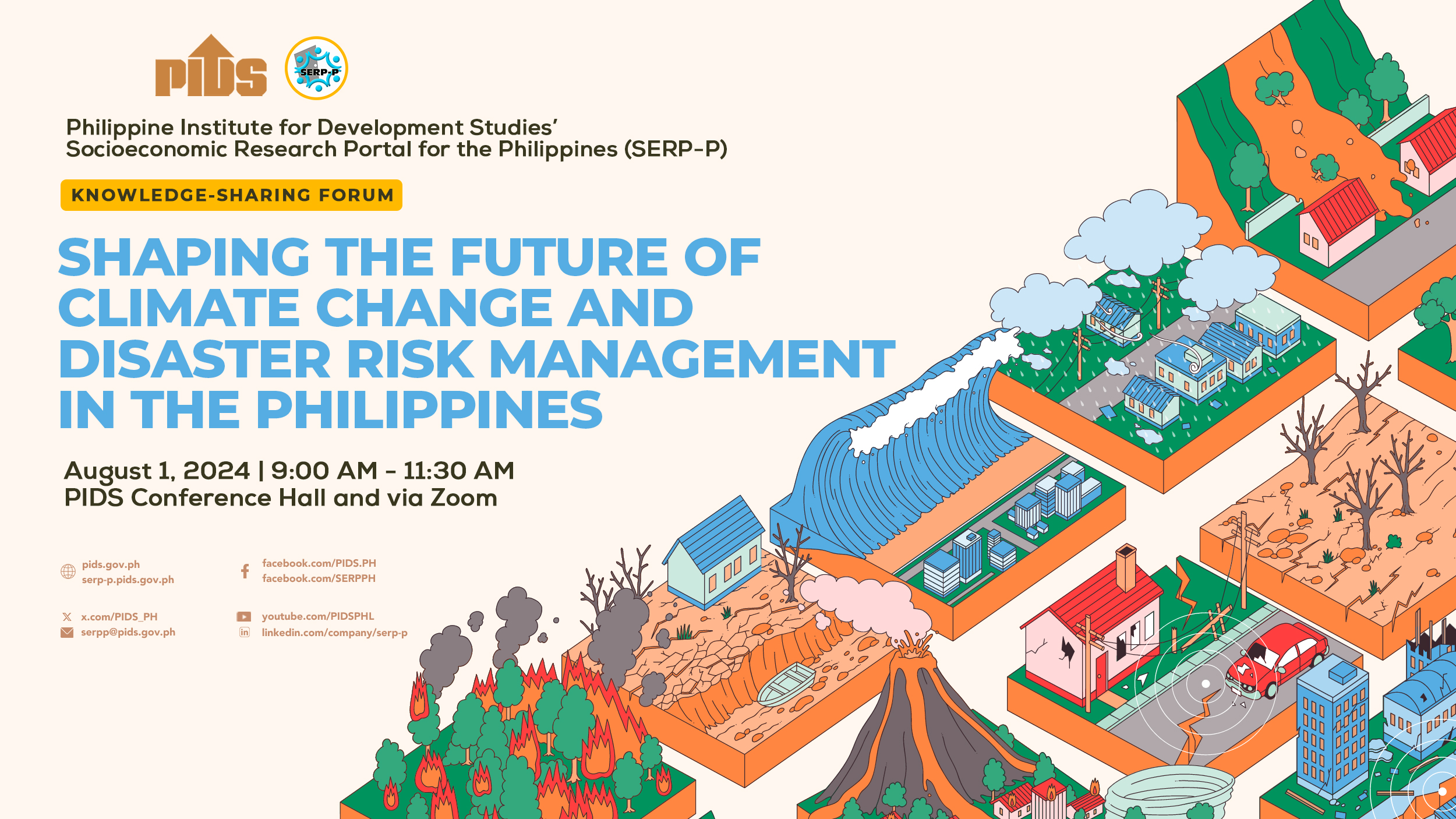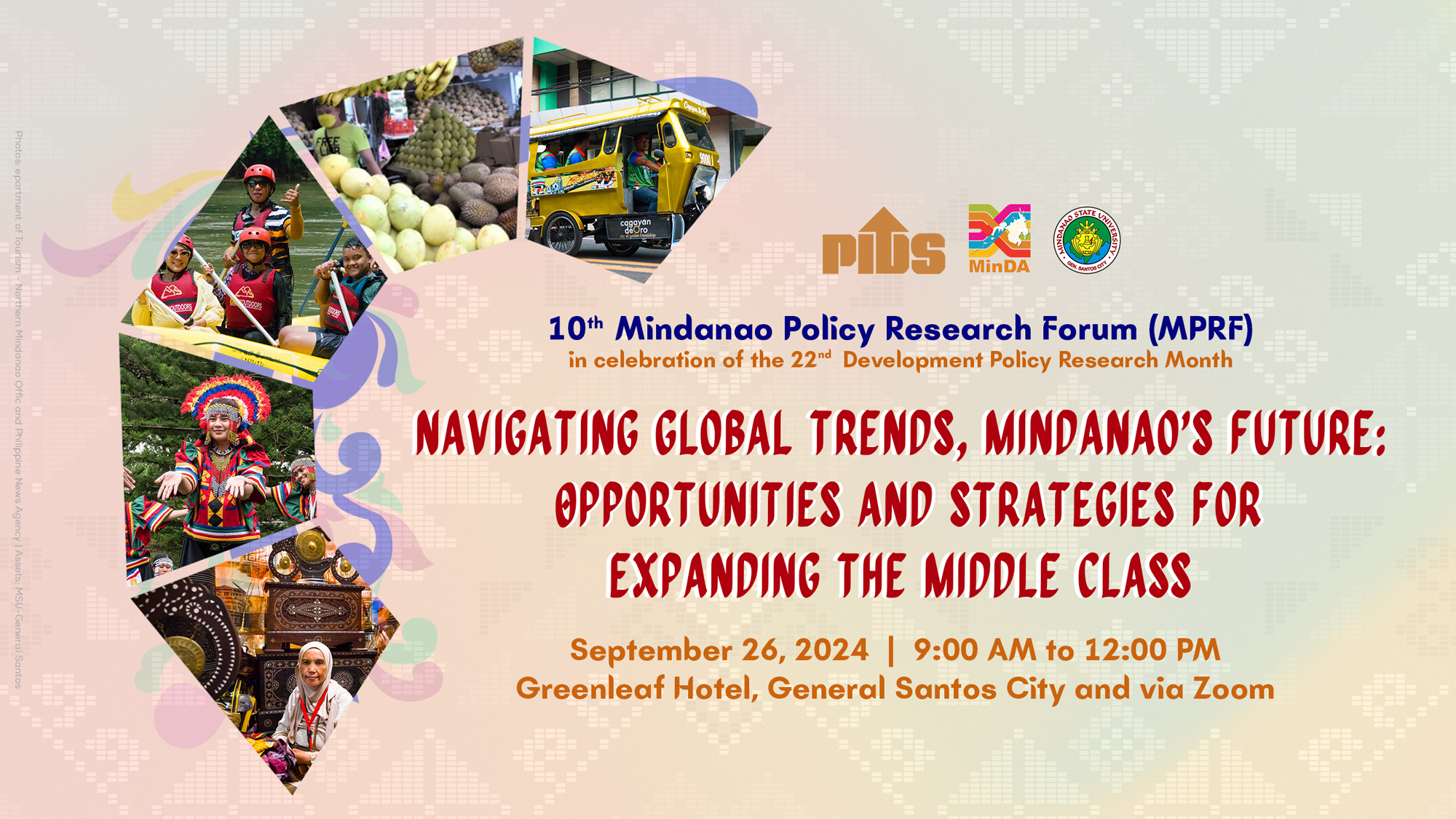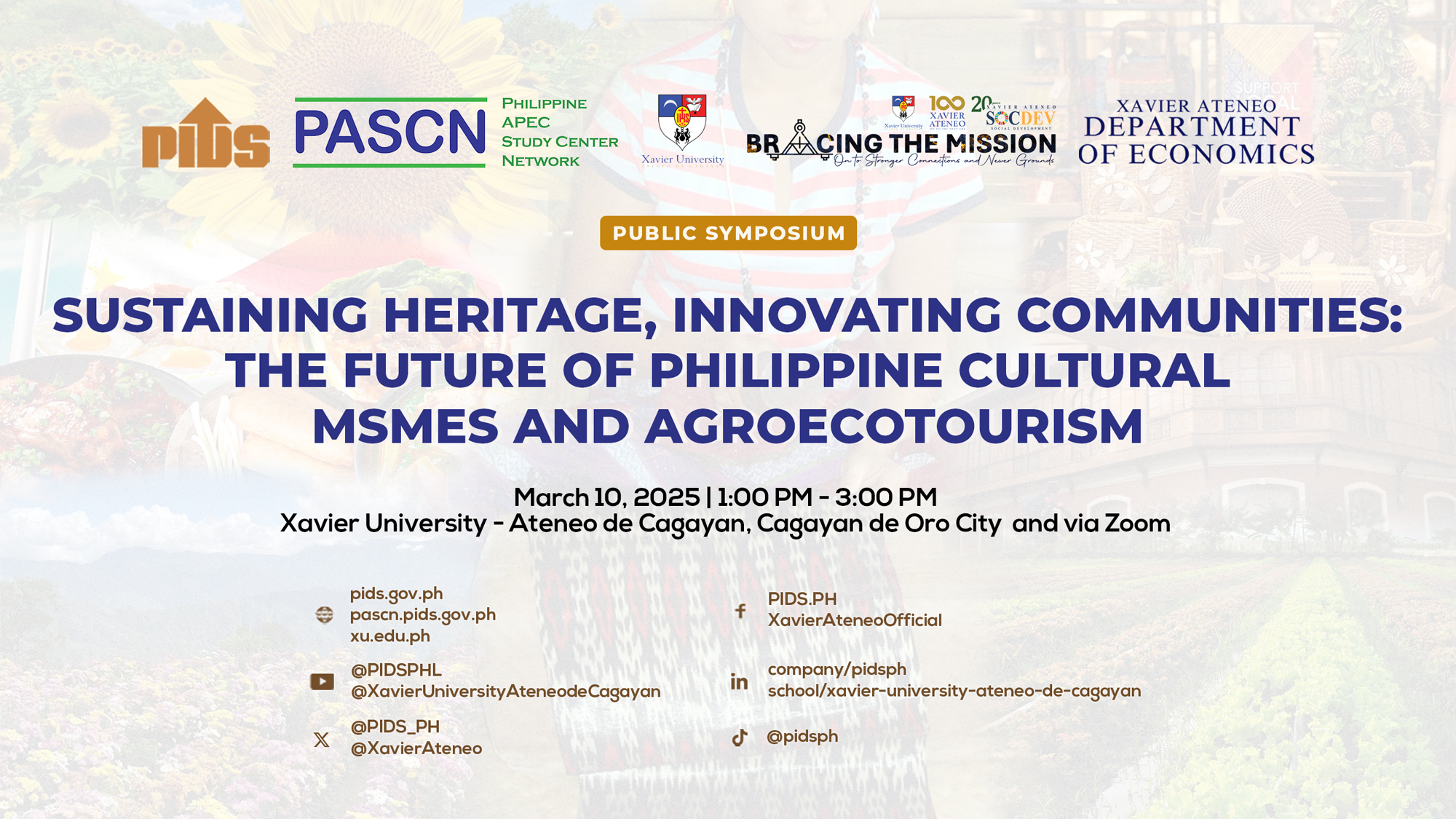The foundation for a strong STEM education system is intrinsically tied to scientific and technological advancement. STEM (science, technology, engineering and mathematics) education applies real world lessons to the classrooms so students can make the connections to the world they’re in. Countries with leading STEM graduates, also have helped shaped the world we all live in; the software we use for work, apps on our phones to communicate with each other and devices in our homes. This strengthens the local economy and increases the per capita income.
As the work places become automated, mobile internet further cementing a global workforce, the changes we have seen in the last few years, especially during the pandemic will not only continue, but hasten. Businesses looking to profit from new technology as well as countries looking to increase growth and attract investments will continue the emphasis on STEM related fields. As new technology enter into our lives, there needs to be a strong transition from education to the workplace.
The Industrial Revolution
In 2016, Klaus Schwab, Founder and Executive Chairman of the World Economic Forum (WEF) coined the term “The Fourth Industrial Revolution” (4IR). This represents a fundamental change in the way we live, work and relate to one another. The 4IR describes how hardware, software and connectivity is used to achieve new goals, collect information and transform how we interact with the world. Though 4IR is not yet truly global in reach, it has been shown that the more technology and digital industries that exist in an economy, the greater the build-up of experience, expertise and patents which in turn further accelerates digitization, further accelerating the rate of experience and patents.
The Philippines will need to consider this at the government, educational and societal levels. Not having a strong STEM community not only can make the Philippines noncompetitive, but potentially non-existent as traditional workplaces, industries and communication changes. Not investing in STEM can hurt the country economically, politically and educationally.
In the study “Future S&T human resource requirements in the Philippines: A labor market analysis.” by researchers from The Philippine Institute for Development Studies (PIDS), it was reported that there was little interest in STEM in young Filipinos. However, in UNIDO’s Competitive Industrial Performance Report 2020, the Philippines was ranked 43rd, moving up ten ranks, out of 152 countries in the report.
The PIDS report warned that governments across the world will have to cope with the growing risks of technological unemployment and income inequality. The report also noted that businesses will face the possibility of a shrinking consumer base.
Consequences of Not Investing in STEM
There is already evidence of what happens when STEM in not properly invested in. The Philippines suffers from poor performance of start-ups, low spending on education and publications and shortage of innovation. According to the US National Science Board’s Science and Engineering Indicators, employees in science and engineering fields have grown at an annual rate of 3% between 1960 up to 2013, in comparison to the 2% overall growth of the total workforce. With workers in STEM related fields earning more than double the median salary of other industries, with currently more demand, and job security as companies become digital, not investing in STEM could severely hurt future generations’ ability to not only become competitive in a global economy, but the ability to earn.
A focus group by Department of Science and Technology (DoST) showed that although grade school students had positive attitudes of STEM, many were able to only recall terms taught to them, having difficulty in absorbing scientific concepts, and using them in creative and innovative ways. The PIDS research mentions that the Philippines needs additional scientific and technical personnel to produce more graduates. The authors cited data from the Commission on Higher Education (CHEd) that show a declining trend in the number of STEM teachers over the years. The quality of education directly affects students’ ability to learn and apply concepts essential for STEM.
The consequences for not deeply investing in STEM though may not be seen for years however, though early signs have been here for some time. Many start-ups are being found in neighboring countries, such as China, India, Japan and even Russia. With well known start-ups such as Tik Tok, Alibaba and Wish, it is no surprise that China leads the world in STEM graduates. India shows a strong second, leading with many IT consulting services, FinTech and software applications.
So how can the Philippines compete? Do we even want to compete? According to the World Economic Forum, that leverage interpersonal human skills are on the rise. Occupations such as psychology, education, performing arts, economics, and finance all seem to be on the rise and potential emerging fields for non-STEM related fields. Many of these fields however, may require advanced education. As we head towards 4IR (4TH Industrial Revolution), it will yet to be seen if these industries will remain as competitive as STEM related industries.
Education in STEM Essential
Whether the argument is for more STEM graduates, expansion of agriculture, or even more nurses, the one common factor essential for advancement and growth is education. The Department of Science and Technology offers several scholarships to students who are enrolled in science and technology. Though this is a start and can help bolster more students participating in science and technology, but may not ensure more STEM graduates.
But these are solely for the purpose of ensuring that more students participate in the science and technology profession. More so, data from the Commission on Higher Education (CHED) shows a declining trend in the number of STEM teachers over the years. What will having more students enrolled do, if there are no educators to lead them? Quality of education is extremely vital. The ability to not only recall, but to apply concepts in the real world in new and engaging ways will be essential.
Between 2010-2020, agriculture in the Philippines has grown, from 53.91% to 61.42%. This is in sharp contrast to industrial and services which both saw a decline between the same time period. Should the Philippines focus then on agriculture, in lieu of STEM, industry or services sectors? Do we want to focus so strongly in agriculture? With global climate change, rising sea levels, catastrophic environmental dangers – is agriculture going to keep us competitive, and financially sound?
There are many uncertainties ahead, but the one thing assured thing is that the world will continue to become digital and interconnected. We see it every day, from how we communicate with each other through various apps, how we travel, order food or even see who is at the front door. Years ago, no one would think a robot vacuuming your home would be that common, but Amazon has just recently purchased iRObot (maker of the Roomba) for $1.7 billion.
As more companies continue to create new products and services that become normal we will continue to see growth. This growth will only further competition between these companies, leading to demand in jobs and experience. My increasing our experience and knowledge in STEM, the Philippines could potentially attract new investment, develop innovation which in turn also helps the economy, job growth and creates options for future generations outside of agriculture, service and nursing.












